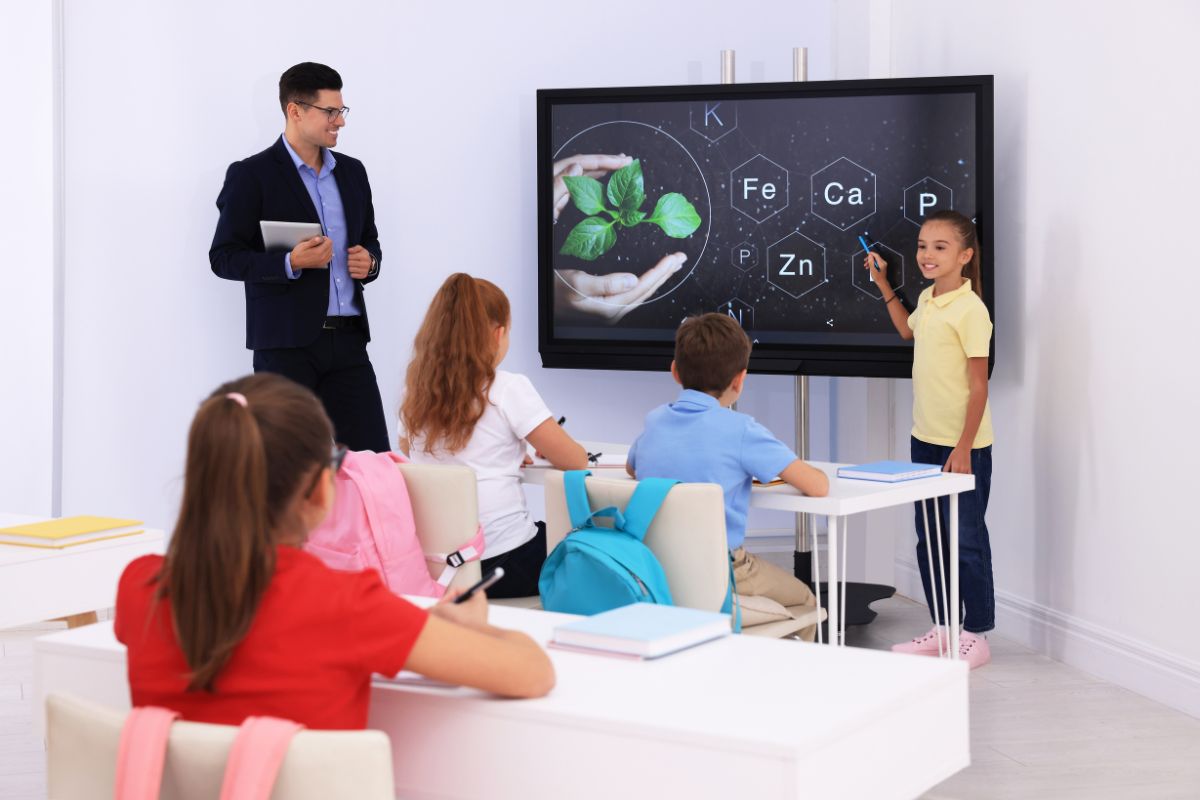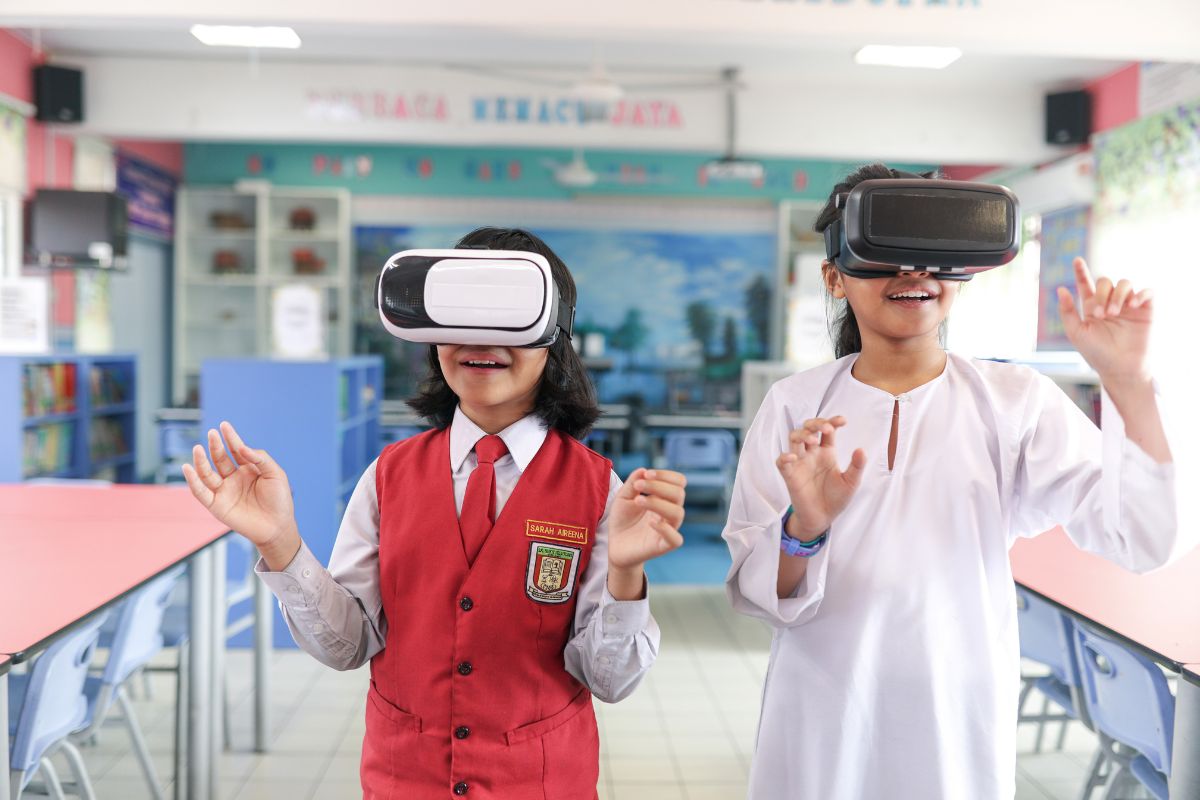Innovation in education isn’t just about adopting new technologies; it’s about fostering a culture of creativity and critical thinking among students. As educators, our role extends beyond imparting knowledge; it involves nurturing the innate curiosity and imagination of our students. This comprehensive guide explores various strategies and approaches to effectively promote Innovation in the Classroom.
Understanding Innovation in Education
Before delving into practical methods, it’s essential to grasp the concept of Innovation in the Classroom and its significance:
- Definition of Innovation: In the educational context, innovation refers to the introduction of new ideas, methods, or technologies to enhance learning experiences and outcomes.
- Importance of Innovation: Encouraging innovation in schools cultivates essential skills like problem-solving, collaboration, and adaptability—skills crucial for success in the modern world.
- Impact of Innovation: Innovative teaching methods can lead to increased student engagement, improved academic performance, and a more inclusive learning environment.
Strategies for Promoting Innovation in the Classroom

1. Create a Culture of Curiosity
Foster a sense of curiosity among students by:
- Encouraging Questions: Welcome and value students’ questions, promoting an environment where curiosity is celebrated.
- Exploring Diverse Perspectives: Introduce topics from multiple viewpoints to stimulate critical thinking and creativity.
- Embracing Failure: Encourage risk-taking and view mistakes as opportunities for learning and innovation.
2. Embrace Project-Based Learning (PBL)
Project-Based Learning is an effective method to promote innovation by:
- Real-World Applications: Design projects that require students to apply knowledge and skills to solve real-world problems.
- Collaborative Learning: Foster teamwork and collaboration among students, encouraging them to share ideas and learn from each other.
- Creative Freedom: Allow students to choose project topics and explore innovative solutions independently.
3. Integrate Technology Wisely
Use technology to enhance learning experiences by:
- Interactive Tools: Incorporate interactive apps and software that promote creativity and active participation.
- Virtual Reality (VR) and Augmented Reality (AR): Explore immersive technologies to simulate real-world scenarios and engage students in innovative ways.
- Online Collaboration Platforms: Facilitate virtual collaboration and communication among students for group projects and discussions.
4. Encourage Design Thinking
Design Thinking promotes innovation by:
- Empathizing with Users: Encouraging students to understand the needs and perspectives of others when designing solutions.
- Defining Problems: Helping students articulate and define problems clearly before brainstorming solutions.
- Prototyping and Iterating: Emphasizing the importance of prototyping and refining ideas through iterative processes.
5. Foster Cross-Disciplinary Connections
Integrate different subjects and disciplines to inspire creativity:
- Interdisciplinary Projects: Create opportunities for students to apply knowledge and skills from multiple subjects to address complex challenges.
- Guest Speakers and Field Trips: Invite experts from various fields to share insights and inspire students to think innovatively.
6. Support Student-Led Initiatives

Empower students to take initiative and pursue their innovative ideas:
- Entrepreneurship Programs: Offer programs that encourage students to develop and launch their projects or businesses.
- Innovation Competitions: Participate in or organize competitions that challenge students to innovate and showcase their ideas.
7. Provide Professional Development for Educators
Equip teachers with the knowledge and skills to foster Innovation in the Classroom:
- Workshops and Training: Offer professional development opportunities focused on innovative teaching methods and technologies.
- Collaborative Learning Communities: Create forums for educators to share best practices and collaborate on integrating innovation into their teaching.
8. Evaluate and Iterate
Continuously assess the effectiveness of innovative strategies and make adjustments as needed:
- Feedback Mechanisms: Solicit feedback from students, parents, and colleagues to gauge the impact of innovation initiatives.
- Reflective Practices: Encourage educators to reflect on their teaching practices and identify areas for improvement in fostering creativity and innovation.
As a visionary CIO, I believe that fostering innovation in the classroom is not just about embracing new technologies but creating an environment where creativity thrives. By integrating innovative practices into the curriculum, empowering educators with continuous professional development, and leveraging technology to enhance learning experiences, we can nurture a generation of students equipped with critical thinking and problem-solving skills. Innovation in education is about inspiring curiosity, encouraging collaboration, and preparing students to thrive in a rapidly evolving world.
Factors and Key Components for Fostering Innovation in the Classroom
Innovation in education is a dynamic process that requires careful cultivation and nurturing. To effectively foster innovation in the classroom, several key factors and components play pivotal roles:
1. Leadership and Vision
Effective leadership and a clear vision are fundamental to creating a culture of innovation:
- Visionary Leadership: School leaders who champion innovation set the tone for experimentation and creative thinking among educators and students.
- Strategic Planning: Developing a roadmap that aligns innovation initiatives with educational goals ensures sustained progress and impact.
2. Curriculum Design and Integration
Integrating innovative practices into the curriculum enhances learning experiences:
- Flexible Curriculum: Designing a curriculum that allows for exploration, experimentation, and interdisciplinary connections encourages creative thinking.
- Project-Based Learning (PBL): Embedding PBL into the curriculum promotes hands-on learning and problem-solving skills.
3. Teacher Empowerment and Professional Development
Empowering educators with the skills and resources to innovate is crucial:
- Continuous Learning: Providing ongoing professional development opportunities on innovative teaching methods and technologies.
- Support Networks: Creating communities of practice where educators can collaborate, share ideas, and learn from each other.
4. Student-Centered Approaches
Putting students at the center of learning fosters autonomy and creativity:
- Personalized Learning: Tailoring instruction to individual student needs and interests encourages self-directed learning and innovation.
- Student Voice and Choice: Allowing students to co-create learning experiences and pursue projects aligned with their passions.
5. Technology Integration

Technology serves as an enabler of innovation, facilitating new learning opportunities:
- Digital Tools: Utilizing interactive apps, virtual reality, and online platforms to enhance engagement and creativity.
- Digital Literacy: Equipping students with the skills to navigate and leverage technology effectively for learning and innovation.
6. Cultural and Environmental Factors
Creating a supportive environment where innovation thrives:
- Risk-Taking Culture: Encouraging students to take risks, learn from failures, and iterate on ideas.
- Celebrating Diversity: Valuing diverse perspectives and experiences that contribute to innovative thinking.
Conclusion
Incorporating Innovation in the Classroom isn’t just about adopting trendy technologies; it’s about creating an environment where creativity flourishes, and students are empowered to explore, experiment, and create. By implementing the strategies outlined in this guide, educators can nurture a generation of innovative thinkers who are prepared to tackle the challenges of tomorrow’s world.
As you embark on this journey to unleash creativity in your classroom, remember that innovation begins with a mindset that embraces change, values creativity, and believes in the limitless potential of every student. Innovation in the Classroom Together, we can create learning environments where innovation thrives and students are inspired to shape a brighter future.


















